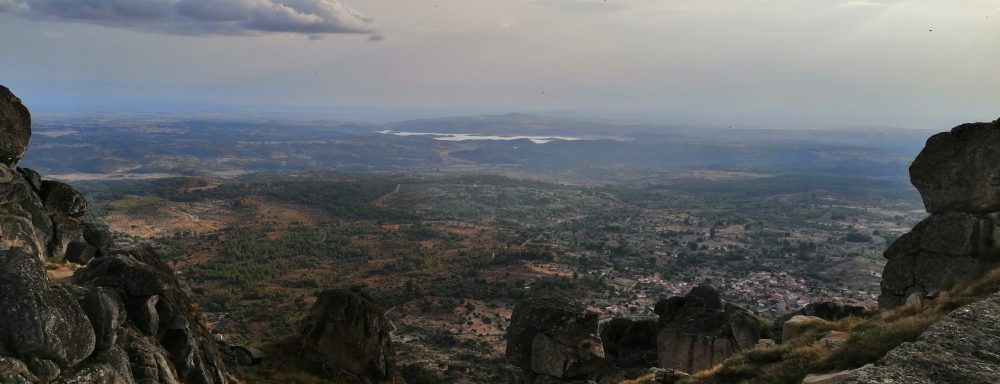The MOSTMEG project intends to develop and validate predictive models for strategic metal rich, granite-related ore systems. To this end, some concepts and exploration strategies will be refined, combining mineral and geochemical criteria that can be used as pathfinders or vectors to mineralization centres.
Several specific objectives are intended, according to the surveying scale (regional or local) and its relationship to known occurrences/deposits (in green- or brownfield contexts), as well as to the mineralization type or style: quartz-lodes, breccia pipes and skarns enriched in W-Sn-F(-P-Bi-Sb-Cu)-bearing mineral associations, besides greisenized granite cupolas and (aplite-)pegmatite-hosted mineral assemblages incorporating Sn-Ta-Y-F(-W-Nb) or Li-Cs-Be-Ta(-P-Rb).
The project seeks to identify which minerals and/or geochemical (multi-element and isotopic) features might be used as proxies or vectoring/fertility tools to:
- Identify the most promising litho-stratigraphic sections and/or granite suites, and foresee their potential metal endowment;
- Predict the likely direction and distance to ore systems;
- Recognize the presence of (or the potential for) different styles of mineralization;
- Distinguish the most relevant metal concentration and deposition processes at the ore system scale, thus controlling (decisive?) paths towards high-grade resources; and
- Infer ore assemblages enriched mineral phases likely to bear by-products of economic value (depending on the mineralization type, these may include Ga, Ge and In, besides Be, Bi, Cs, Cu, Nb, Rb, Sb, Ta, Y), but which often form complex (inter-grown) matrices which make processing/treatment difficult.
Concurrently, new geochronology data (constraining the magma emplacement/cooling, as well as the main ore stages) and additional information on structural features potentially controlling the vertical and lateral extensions of the ore system, will be used in the predictive modelling design.
